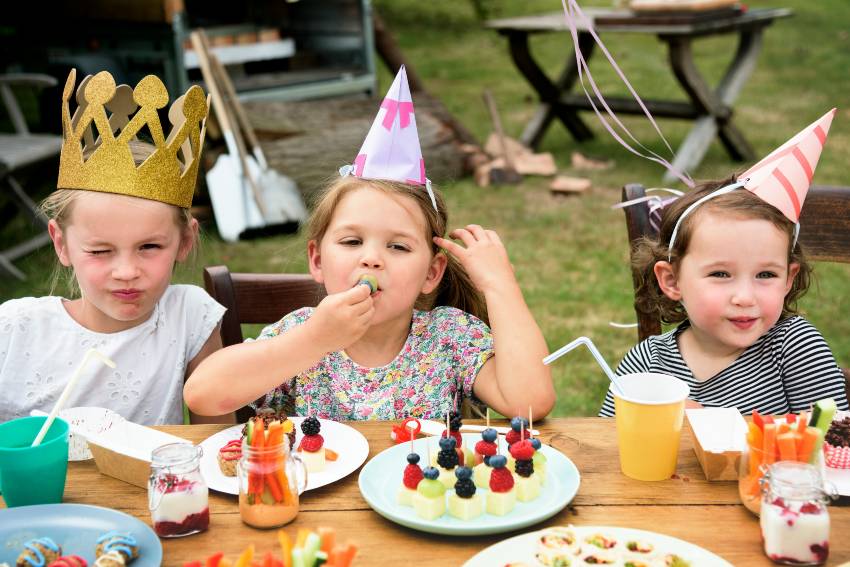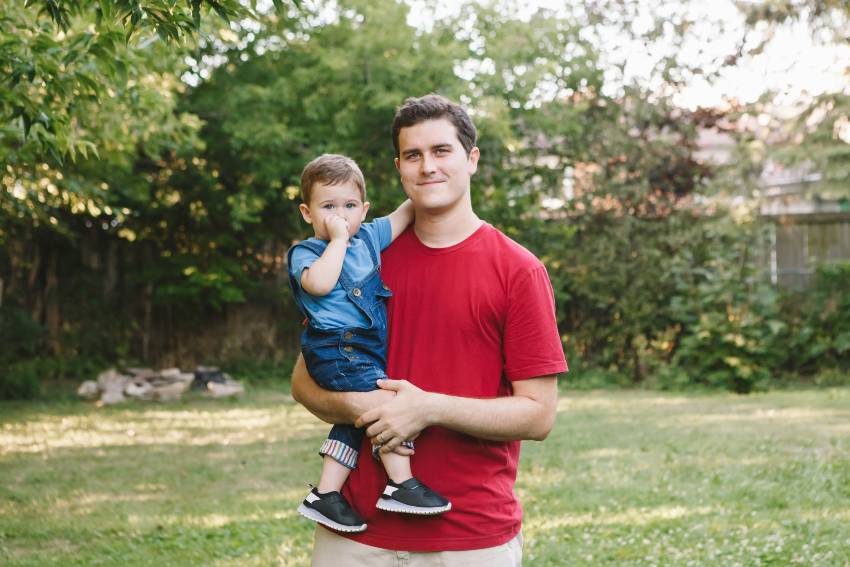The children of your cousin are referred to as your “first cousins once removed.” While this term may sound a bit formal or even confusing, it has a specific meaning in family relationship terminology.
Many people wonder how they are connected to their cousin’s children and why the term “once removed” is used. Understanding this relationship can help you navigate your family tree more easily and connect with your extended family in meaningful ways.
Understanding Family Relationships: A Foundation
Family relationships are like a web, with each person connected to others through shared ancestry. To understand how you are related to your cousin’s child, it’s important to first understand some basic concepts about family trees and generational differences.
Who Are Your Cousins?
Cousins are the children of your parents’ siblings. For example:
- If your mother has a brother, his children are your cousins.
- Similarly, if your father has a sister, her children are also your cousins.
These relatives are called first cousins because you share the same grandparents. First cousins belong to the same generation as you since their parents (your aunts or uncles) are siblings of your parents.
Cousins often grow up together, attending family gatherings, celebrating holidays, and creating shared memories. However, as families grow larger and generations expand, it becomes harder to keep track of everyone’s exact relationship.
Why Do Generations Matter?
Generations play a key role in defining family relationships. When two people belong to the same generation (like you and your first cousins), their relationship is simpler to define. However, when there is a generational gap, such as between you and your cousin’s child, things become more complex. Here is where terms like “removed” come into play.
What Does “First Cousin Once Removed” Mean?
Your cousin’s child is your first cousin once removed. Let’s break it down step by step so it’s easy to understand:
- First Cousin: You and your cousin share grandparents. It makes you first cousins.
- Once Removed: The phrase “once removed” indicates that there is a one-generation difference between you and your cousin’s child.
For example:
- If your cousin has a daughter or son, that child is one generation younger than you. Because of the generational difference, they are “once removed.”
- The “first” in “first cousin once removed” refers to the fact that their parent (your cousin) is your first cousin.
This term helps clarify the exact nature of the relationship while accounting for the generational gap.
Why Isn’t My Cousin’s Child My Second Cousin?
It’s common for people to mistakenly refer to their cousin’s child as their second cousin. However, it isn’t accurate. The term “second cousin” refers to someone who shares the same great-grandparents as you but belongs to the same generation.
Here’s an example:
- Your second cousins would be the children of your parents’ cousins.
- It means second cousins are on the same generational level as you but with a slightly more distant common ancestor (great-grandparents instead of grandparents).
Since your cousin’s child belongs to a different generation than you, they cannot be considered a second cousin. Instead, they fall under the category of “once removed.”
Explaining “Once Removed” in Simple Terms
The concept of “once removed” can seem confusing at first, but it becomes clearer when you think about it in terms of generational layers.
- Imagine each generation as a layer on a cake.
- You and your cousins are on the same layer because you share grandparents.
- Your parents and their siblings (your aunts and uncles) are on the layer above.
- Your cousin’s child is on the layer below yours because they belong to the next generation.
- The term “removed” describes how many layers separate two people on the family tree.
- “Once removed” means there is one layer or generation between you.
- If there were two layers separating you (e.g., if you were looking at your cousin’s grandchild), they would be “twice removed.”
As you can imagine, thinking about relationships in terms of these layers makes it easier to visualize how everyone fits into the family tree.
How Should I Refer to My Cousin’s Child?
While “first cousin once removed” is the technically correct term for this relationship, many people find it too formal or complicated for everyday use. Here are some common alternatives:
Casual Terms
- Many people simply say “my cousin’s kid.” This phrase is easy to understand and avoids confusion.
- In some families, people refer to their cousin’s children as nieces or nephews, especially if they feel close to them.
Cultural Differences
In some cultures or regions, extended family members are grouped under broader terms like “cousin,” “brother,” or “sister,” regardless of their exact relationship. These terms emphasize closeness rather than technical accuracy.
So, what matters most is how you feel about the relationship and what works best for communication within your family.
How Are My Children Related to My Cousin’s Child?

Your children and your cousin’s child are related as second cousins. It happens because:
- Your children share great-grandparents with your cousin’s child.
- Both belong to the same generational level in the family tree.
For example:
- If you have a son and your cousin has a daughter, they would be second cousins because they share great-grandparents but do not have any generational gap between them.
Second cousins often grow up together at family events or reunions but may not always have close relationships unless families make an effort to stay connected.
Conclusion
Your cousin’s child holds an important place in your extended family as your first cousin once removed, a unique connection that bridges generations. While understanding these terms may take some effort at first, knowing how everyone fits into the family tree helps strengthen bonds and preserve shared history.
Whether you call them by their technical title or simply refer to them as part of “family,” what matters most is cherishing these connections that tie us together through love and shared ancestry.





